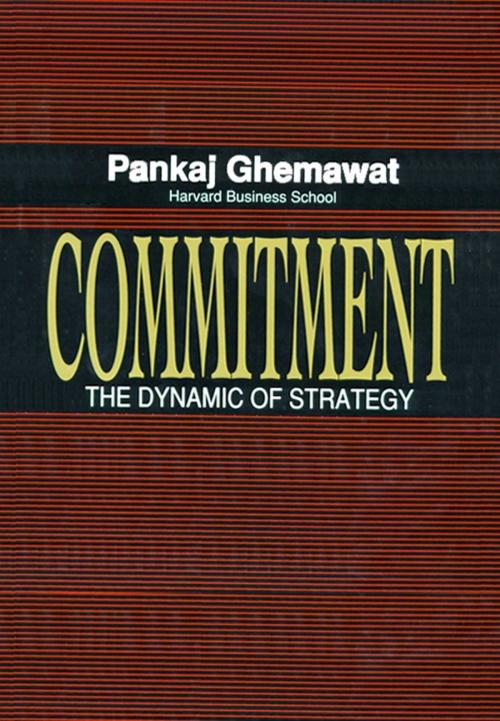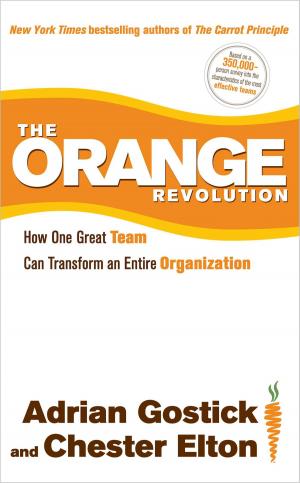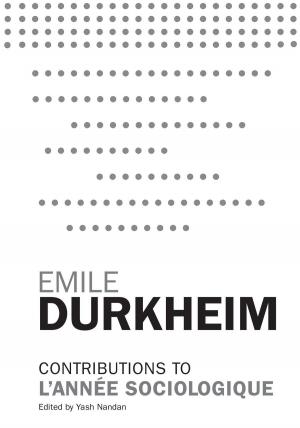| Author: | Pankaj Ghemawat | ISBN: | 9781439106174 |
| Publisher: | Free Press | Publication: | August 15, 1991 |
| Imprint: | Free Press | Language: | English |
| Author: | Pankaj Ghemawat |
| ISBN: | 9781439106174 |
| Publisher: | Free Press |
| Publication: | August 15, 1991 |
| Imprint: | Free Press |
| Language: | English |
To create a competitive advantage, a company must commit itself to developing a set of capabilities superior to its competitors; But such commitments tend to be costly and hard to reverse. How then, should a company decide which broad path, or strategy, to commit itself to? And how are competition and uncertainty to be accounted for in that decision?
In this brilliant reassessment of how companies gain and sustain competitive advantage, Pankaj Ghemawat consolidates contemporary research in economics and other disciplines into a comprehensive yet practical framework for comparing commitments to strategically distinct options. This framework will help managers address specific strategic choices such as entry, exit, vertical/horizontal integration, capacity expansion, and innovation, as well as choices of generic strategy.
Step by systematic step, Ghemawat provides managers with the tools and techniques they need to improve the quality of the choices that they make. Specifically, Ghemawat discusses:
* how to identify the choices that are truly strategic -- that involve commitment -- before rather than after the fact
* how to analyze the short-run and long-run competitive positions implied by a particular strategic option
* how to assess the sustainability of superior competitive positions over time
* how to account for the flexibility afforded by a particular option in dealing with future uncertainties
* how to deal with both honest mistakes and deliberate distortions in the process of choice
This pathbreaking book will help managers invest in the future. Its logic applies to choices involving disinvestment as well as those involving investment -- and to choices that embody elements of both. Its logic can be used for diagnostic purposes, such as the valuation of business, and most broadly, it win force managers to think about important issues that they may have tended to ignore.
Ghemawat's discussion of these important ideas is concise, studded with detailed examples, based on rigorous research and, above all, practical. It will become required reading for thoughtful practitioners as well as practitionersto-be in the 1990s.
To create a competitive advantage, a company must commit itself to developing a set of capabilities superior to its competitors; But such commitments tend to be costly and hard to reverse. How then, should a company decide which broad path, or strategy, to commit itself to? And how are competition and uncertainty to be accounted for in that decision?
In this brilliant reassessment of how companies gain and sustain competitive advantage, Pankaj Ghemawat consolidates contemporary research in economics and other disciplines into a comprehensive yet practical framework for comparing commitments to strategically distinct options. This framework will help managers address specific strategic choices such as entry, exit, vertical/horizontal integration, capacity expansion, and innovation, as well as choices of generic strategy.
Step by systematic step, Ghemawat provides managers with the tools and techniques they need to improve the quality of the choices that they make. Specifically, Ghemawat discusses:
* how to identify the choices that are truly strategic -- that involve commitment -- before rather than after the fact
* how to analyze the short-run and long-run competitive positions implied by a particular strategic option
* how to assess the sustainability of superior competitive positions over time
* how to account for the flexibility afforded by a particular option in dealing with future uncertainties
* how to deal with both honest mistakes and deliberate distortions in the process of choice
This pathbreaking book will help managers invest in the future. Its logic applies to choices involving disinvestment as well as those involving investment -- and to choices that embody elements of both. Its logic can be used for diagnostic purposes, such as the valuation of business, and most broadly, it win force managers to think about important issues that they may have tended to ignore.
Ghemawat's discussion of these important ideas is concise, studded with detailed examples, based on rigorous research and, above all, practical. It will become required reading for thoughtful practitioners as well as practitionersto-be in the 1990s.















